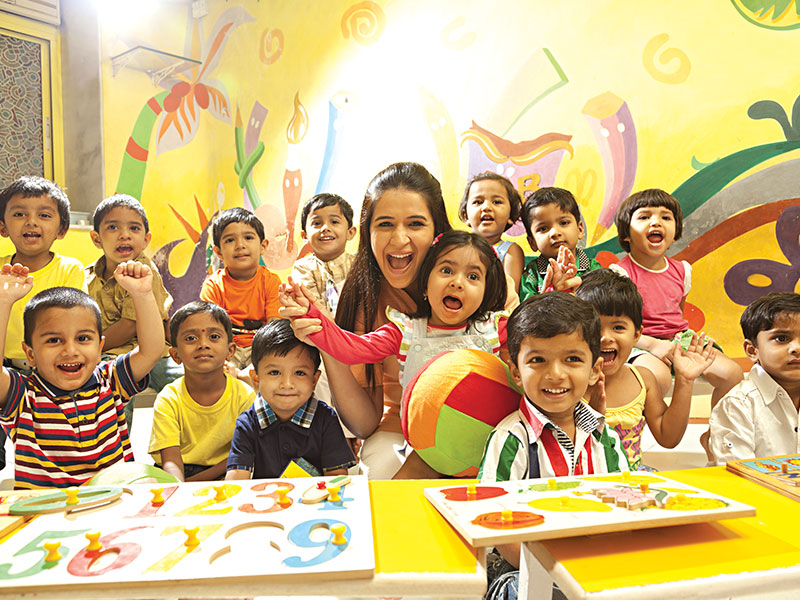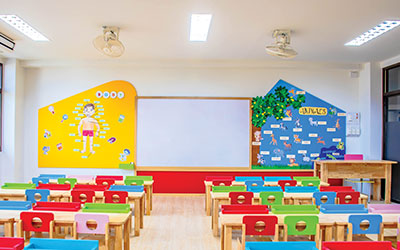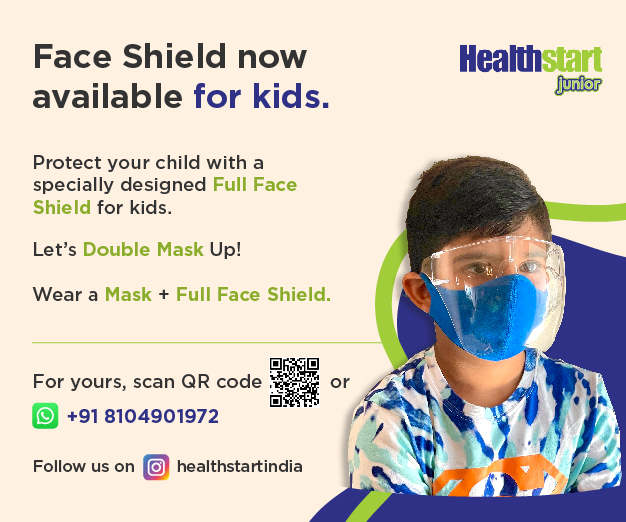It’s imperative that parents exercise great care and caution in choosing preschool which provide safe and nurturing environments and age-appropriate learning experiences to enable young children’s cognitive and socio-emotional development – Kausar Sayeed
 Choosing an appropriate preschool is often an emotional and difficult decision for parents because it’s the first experience of youngest children outside the home without parental supervision. The early years are also the most critical period in an individual’s lifespan because 80 percent of the brain is developed by age eight. Early childhood education is the foundation which determines future physical, cognitive, language, social and emotional development.
Choosing an appropriate preschool is often an emotional and difficult decision for parents because it’s the first experience of youngest children outside the home without parental supervision. The early years are also the most critical period in an individual’s lifespan because 80 percent of the brain is developed by age eight. Early childhood education is the foundation which determines future physical, cognitive, language, social and emotional development.
Therefore it’s imperative that parents exercise great care and caution in choosing preschools which provide safe and nurturing environments and age-appropriate learning experiences to enable young children’s cognitive and socio-emotional development.
Here are some guidelines to choose a developmentally appropriate preschool:
Vision. What is the vision of the preschool — is it child or organisation-centric? Pre-primaries which place children at the centre of everything they do are most likely to provide joyful and play-based early childhood care and education (ECCE) delivered by caring teachers.
Infrastructure. Is the pre-primary designed according to the developmental stages of children? Parents must insist on a school tour bearing in mind the height/size of youngest children.
• Gate. Check that the entry/exit gate is sturdy, height of stairs is low, with robust railings on both sides of staircases, and security personnel have undergone police background checks and that the preschool follows safety operating procedures for all visitors.
• Play area. Is the play equipment child-friendly? For instance check if the play slides match the height of toddlers. Ensure that support staff/teachers supervising the play area are trained to treat minor falls and injuries, and administer timely first aid.
• Classrooms. Are the classrooms well ventilated? Do the doors have stoppers? Is the furniture age-appropriate?
• Bathrooms: Are wash basins and commodes clean and suited to the height of children? What’s the cleanliness routine?

School staff. Are the teachers and non-teaching staff trained and certified by respectable ECCE organisations? Have they undergone background checks, psychometric and medical check-ups? During the school tour, observe and note their interactions with children especially if they are using appropriate language while communicating with children.
Curriculum. Spend time understanding the objectives of the curriculum and the pedagogy used to deliver it in the classroom. Is it play-based, activity-oriented and age-appropriate? Preschool is not a downward extension of primary school. In particular the curriculum should not force early academic rote learning on youngest children.
Parent communication and engagement. Does the school encourage parent-teacher engagement? Please note that parental involvement in school activities is critical to the all-round growth and development of youngest children. Moreover it’s the duty of the preschool to regularly update parents on every child’s progress and development.
10 point checklist
In addition to the benchmarks of developmentally appropriate preschools detailed, parents should bear in mind these 10 pointers before choosing a preschool:
1. A pre-primary is for children and not adults. Safety and age-appropriate education are crucial.
2. Trained teachers are not necessarily caring teachers. Interact with teachers to get a feel of their attitudes and mind-sets about ECCE.
3. Most preschoolers are dependent on support staff to use toilets. It’s important for parents to meet them and observe their interaction with children.
4. CCTV cameras are not synonymous with safety. The preschool’s organisational culture and standard operating procedures should reflect its safety policy.
5. Availability of fresh air and open spaces for play is important for growing children.
6. Academic/rote learning in the early years is inimical to a child’s future learning and cognitive development.
7. Don’t fuss about children playing outdoors/sand for fear of infections. Exposure to dirt is good for children; it will build their immunity.
8. Converse with children when they return from preschool and encourage them to share their stories.
9. Refrain from discussing problematic issues with teachers in the presence of young children.
10. The preschool experience is a primary school-readiness programme. Avoid equating it with a primary school and corresponding academic outcomes.

























